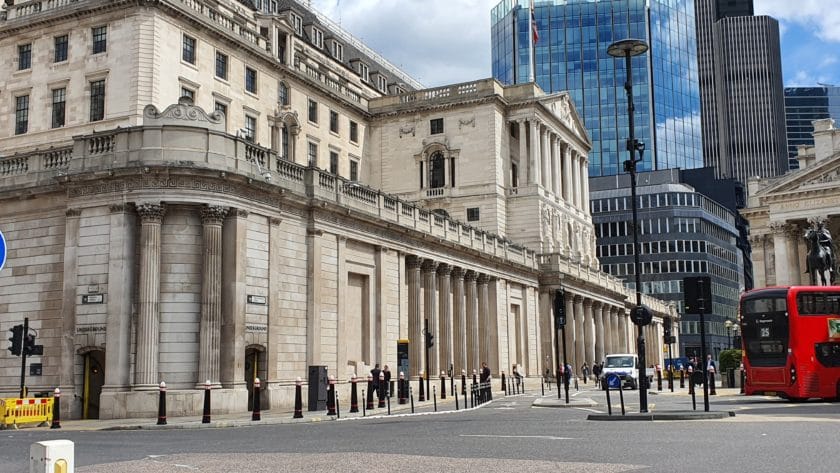With fluctuating opinions around where UK interest rates will be for the rest of 2023 and beyond, Laith Khalaf, head of investment analysis at AJ Bell, considers the next Bank of England rates decision and the imminent Autumn Statement.
Discretion may well be the better part of valour for the Bank of England as it faces its next interest rate decision. Inflation is still uncomfortably high, but it’s heading in the right direction. We’ve also seen signs of the labour market cooling, a key metric which suggests domestic inflationary pressures are subsiding. There are still risks to the inflation outlook, not least the conflict in the Middle East and a rising oil price, so further rate hikes can’t be entirely ruled out.
We should also bear in mind that at the last meeting, four of the nine members of the interest rate committee voted to increase rates, and may still feel the need for tighter policy. It only takes one dove to become a hawk to swing the decision, though allegiances can clearly swing in the opposite direction too.
We may well have already hit the peak in interest rates, and if that’s the case, it won’t be long before attention turns to when the Bank might decide to loosen the purse strings with rate cuts.
After the flurry of interest rate hikes we have seen in the last two years, we may have to become re-accustomed to a dull and probably frustrating period of inactivity from the central bank. That looks to be what the market is currently pricing in, with the next rate move now not expected until next autumn, and for that move to be a cut. Of course those expectations can often be substantially shifted by economic readings, events or central bank rhetoric.
The UK is now closing in on almost two years of interest rate hikes, from a base of almost zero. Financially it’s a very different place, whether you want to buy a home, get a business loan, or, for that matter, to fund a government deficit.
With the Autumn Statement coming up, the chancellor won’t be thanking financial markets for pushing up bond yields over the course of this year, reflecting market concerns that interest rates might have to stay higher for longer. Those higher borrowing costs will work their way into the OBR forecasts and clip the chancellor’s wings somewhat.
Amazingly at the last Budget in March, the OBR only expected base rate to peak at 4.25% this year, and the more aggressive monetary tightening we’ve seen will have an impact on vital estimates of how much the Exchequer will have to pay to fund the remaining QE scheme and borrow fresh funds.
The good news is borrowing so far this fiscal year is around £20 billion lower than the OBR forecast in March, thanks largely to strong tax receipts.
It seems those frozen allowances combined with a healthy dose of inflation and wage growth are really working wonders for the government’s finances.































